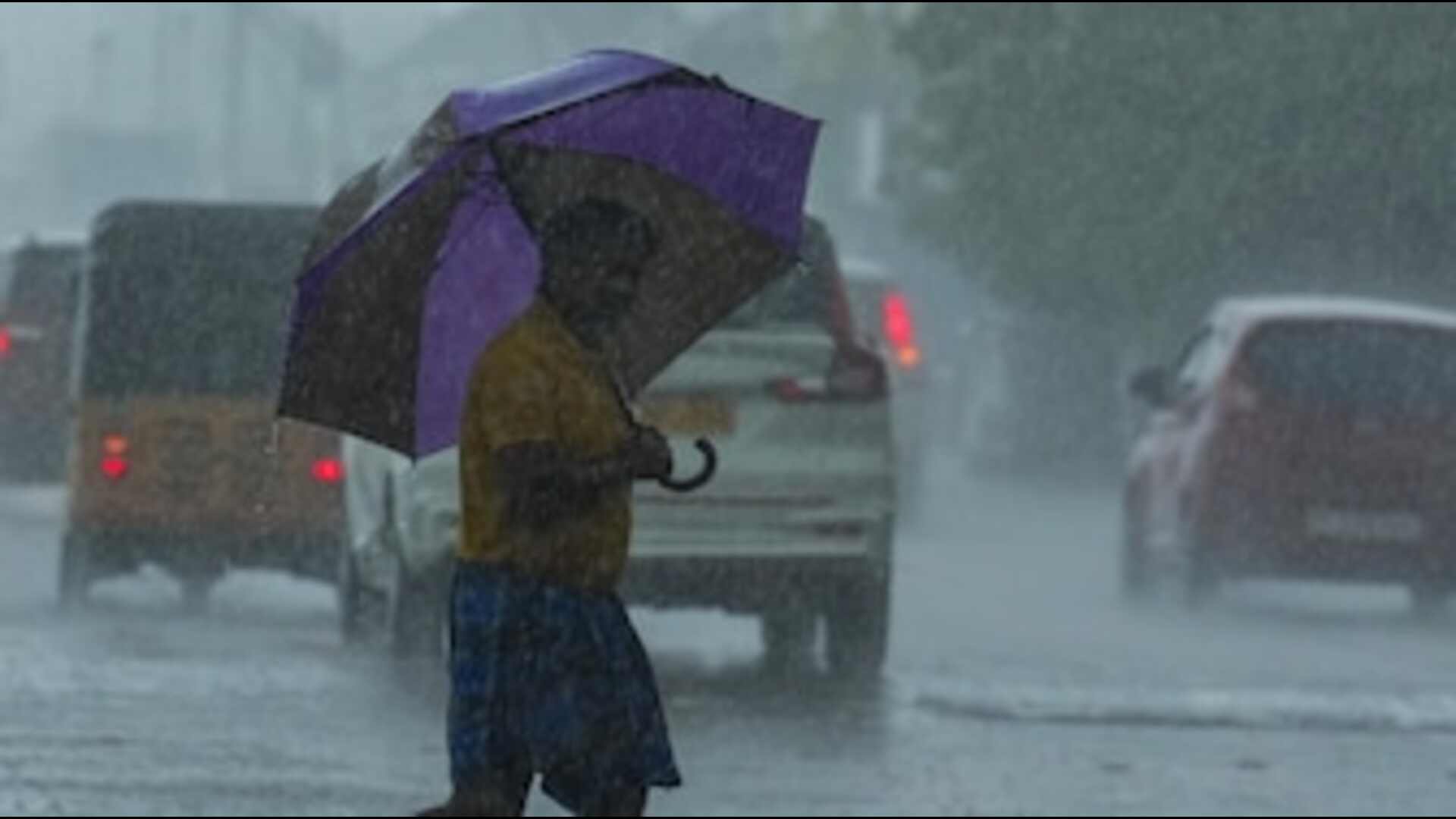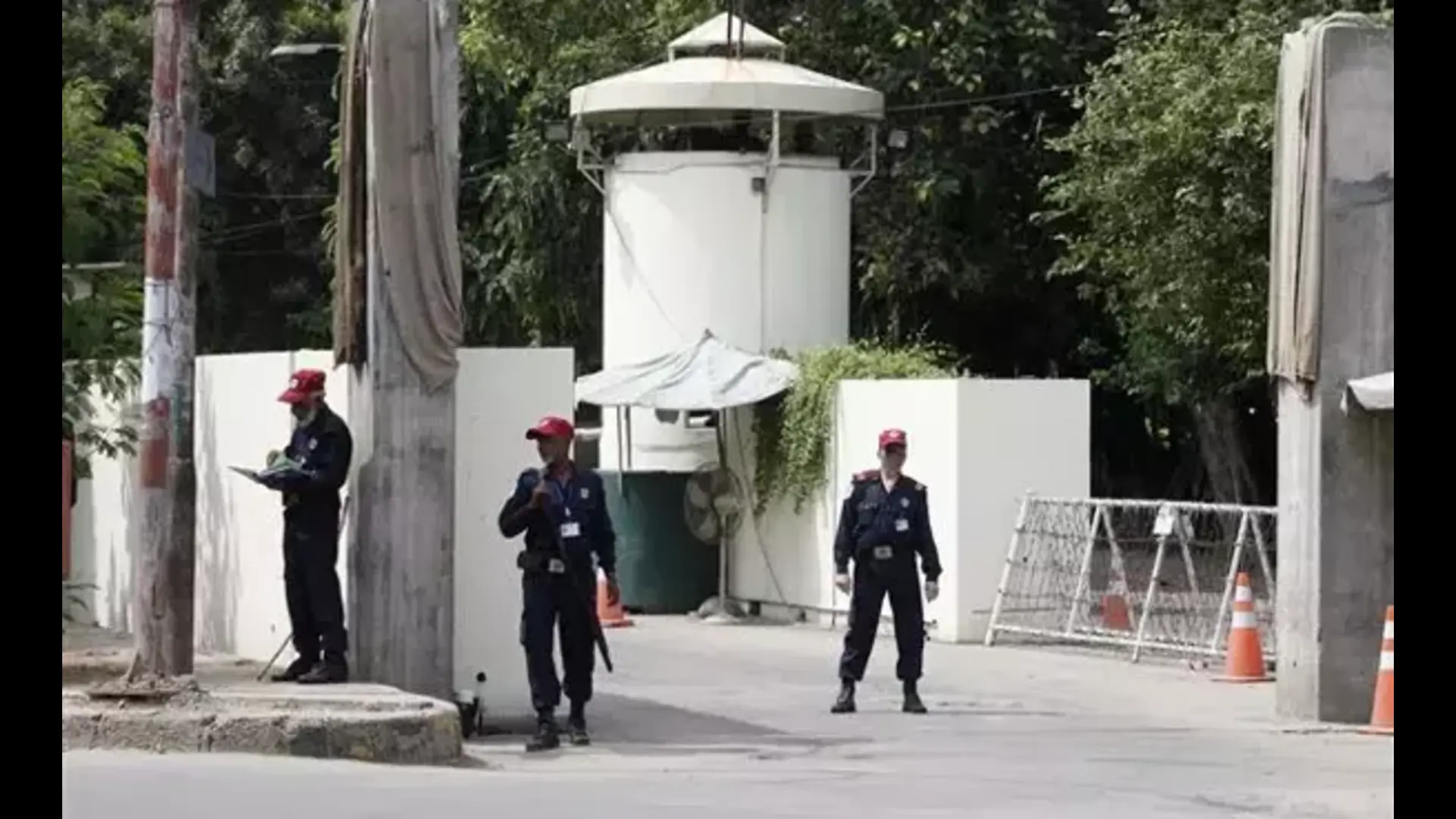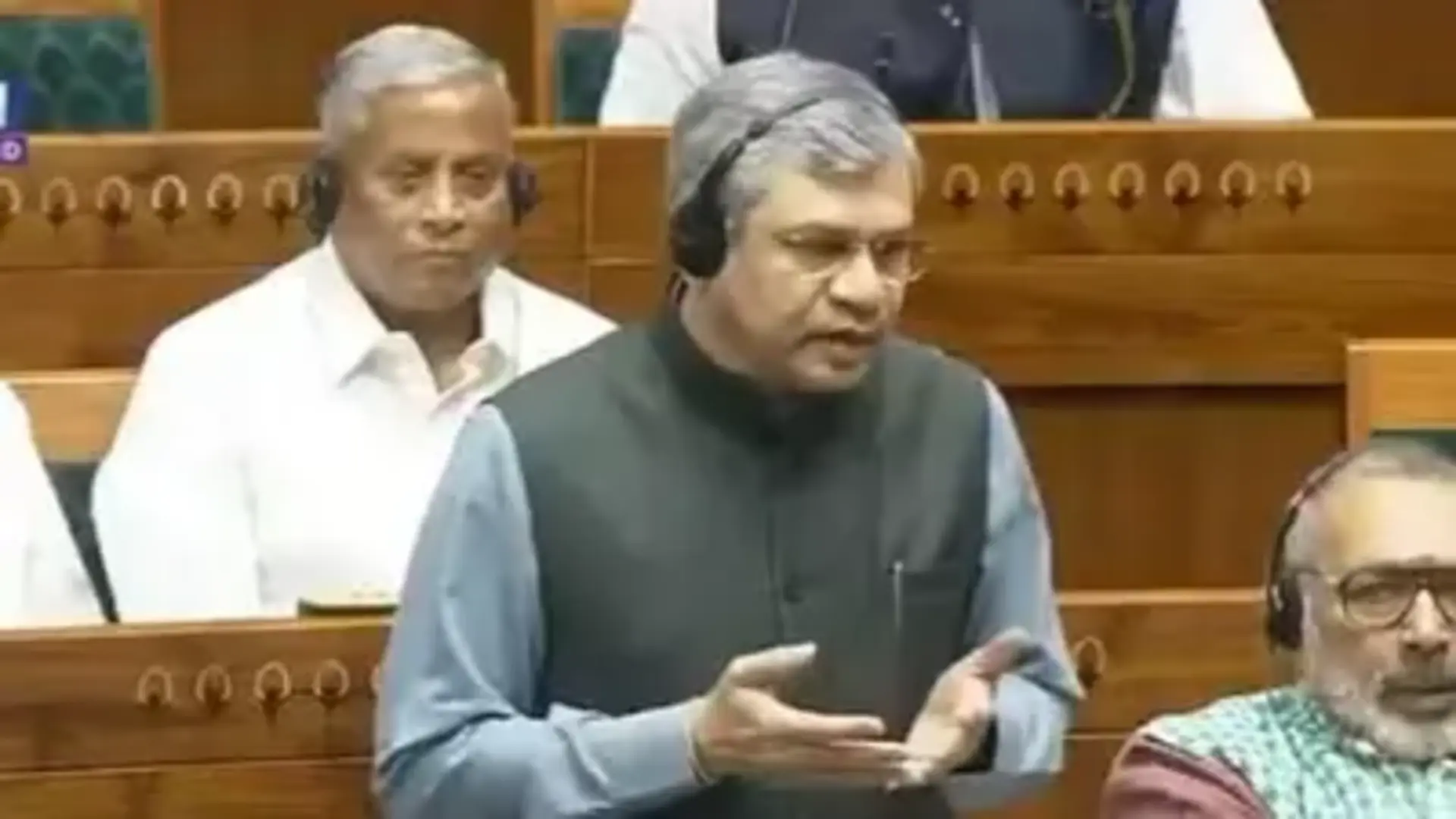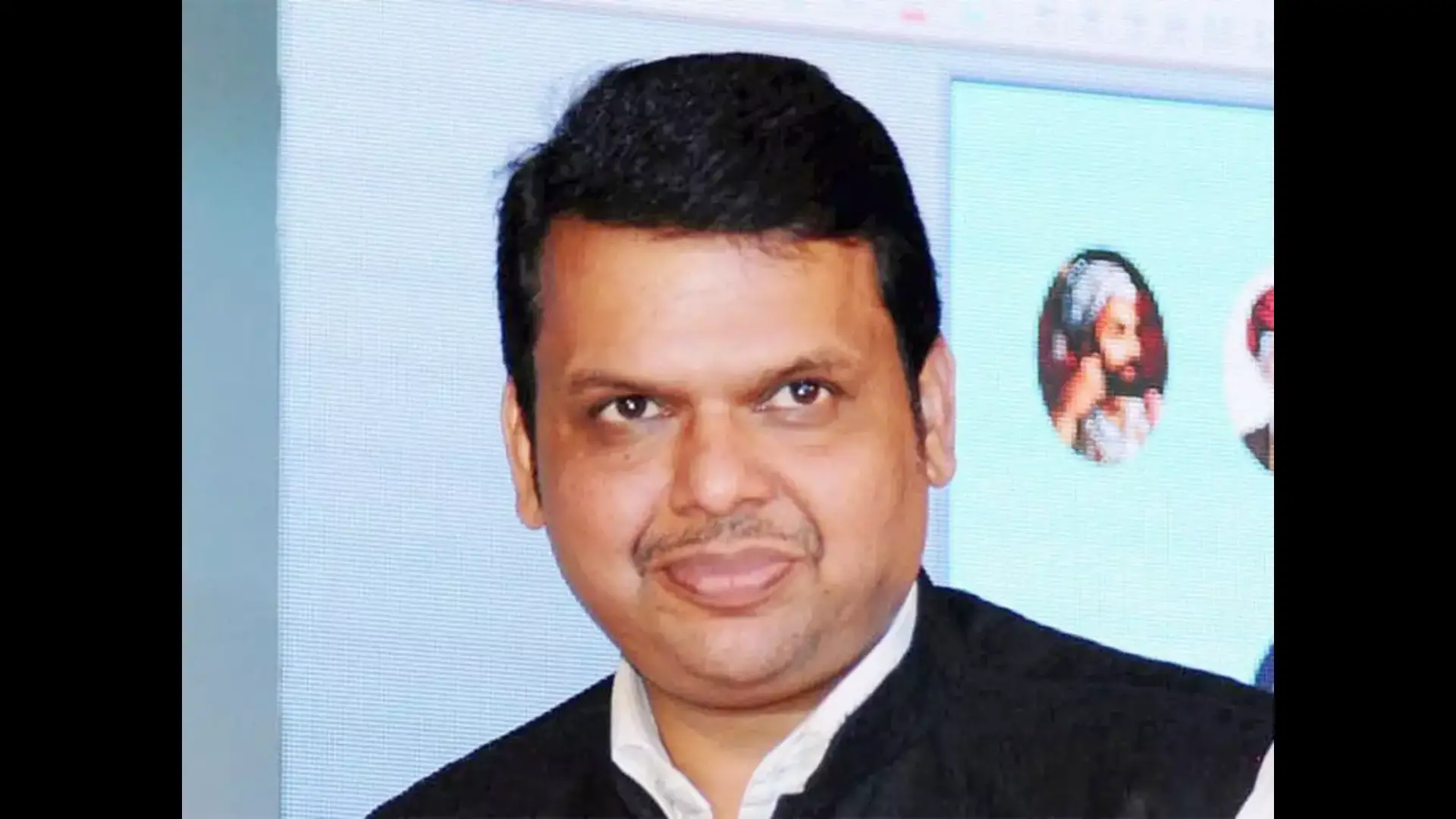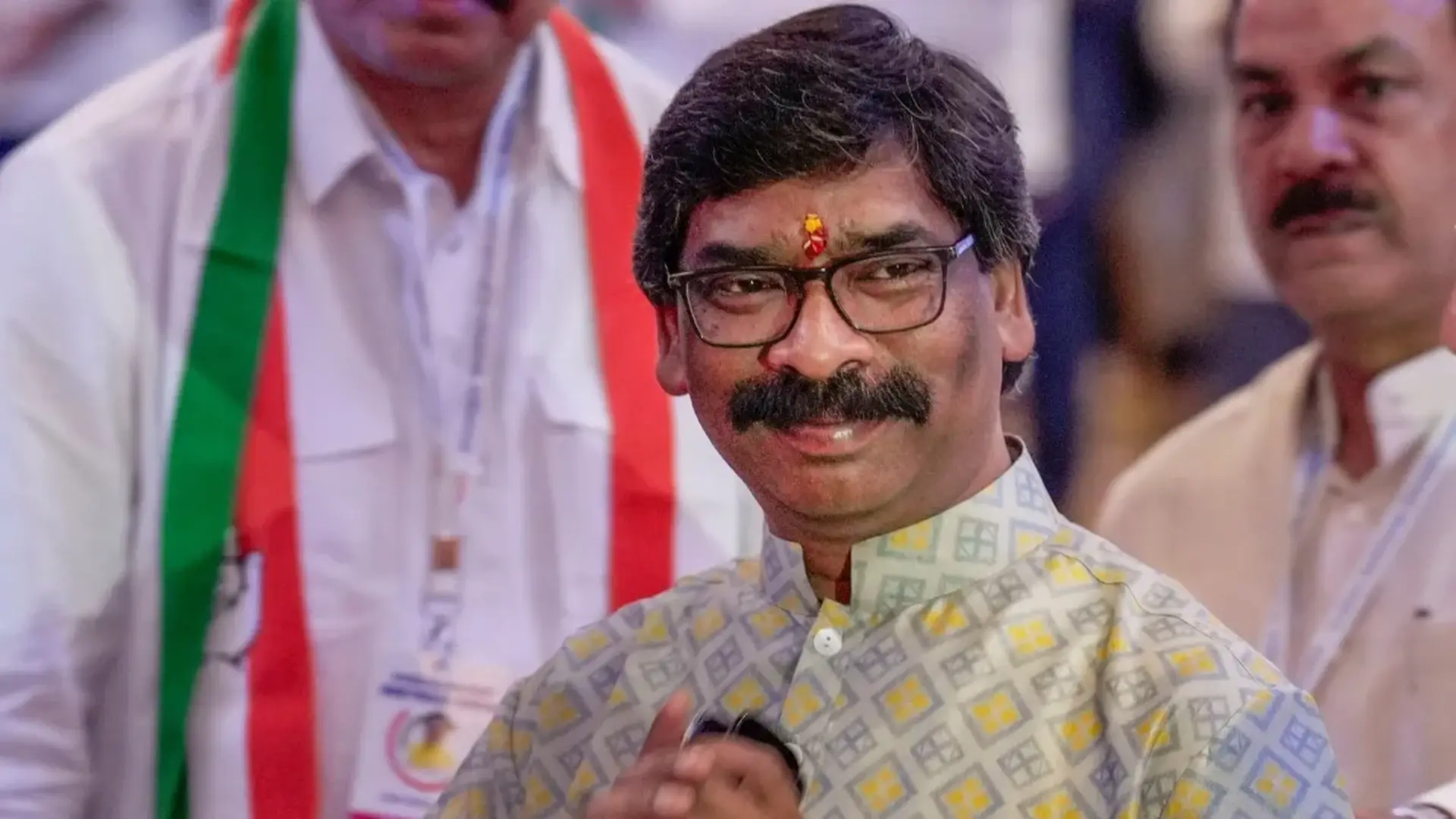The South Korean, US and Japanese navies began their first anti-submarine drills in six months on Monday to boost their coordination against increasing North Korean missile threats, South Korea’s military said.
The two-day drills come as North Korea’s recent unveiling of a type of battlefield nuclear warhead prompted worries the country may conduct first nuclear test since 2017. The maritime exercises in international waters off South Korea’s southern island of Jeju involved the nuclear-powered USS Nimitz aircraft carrier and naval destroyers from South Korea, the US and Japan, South Korea’s Defence Ministry said in a statement.
The training was arranged to improve the three countries’ capacities to respond to underwater security threats posed by North Korea’s advancing submarine-launched ballistic missiles and other assets, the statement said. It said the three countries were to detect and track unmanned South Korean and US underwater vehicles posing as enemy submarines and other assets.
Submarine-launched missiles by North Korea are serious security threats to the United States and its allies because it’s harder to spot such launches in advance. In recent year, the North has been testing sophisticated underwater-launched ballistic missiles and pushing to build bigger submarines including a nuclear-powered one. Last month, North Korea performed a barrage of missile tests in response to the earlier South Korea-US bilateral military drills. The weapons tested included a nuclear-capable underwater drone and a submarine-launched cruise missile, which suggest North Korea is trying to diversify its kinds of underwater weapons.
Some observers say the warhead’s unveiling may be a prelude to a nuclear test as North Korea’s last two tests in 2016 and 2017 followed the disclosures of other warheads. If it does conduct a nuclear test, it would be its seventh detonation overall and the first since September 2017. Foreign experts debate whether North Korea has functioning nuclear-armed missiles. But South Korea’s defence minister, Lee Jong-Sup, recently said the North’s technology to build miniaturised warheads to be mounted on advanced short-range missiles was believed to have made considerable progress.
